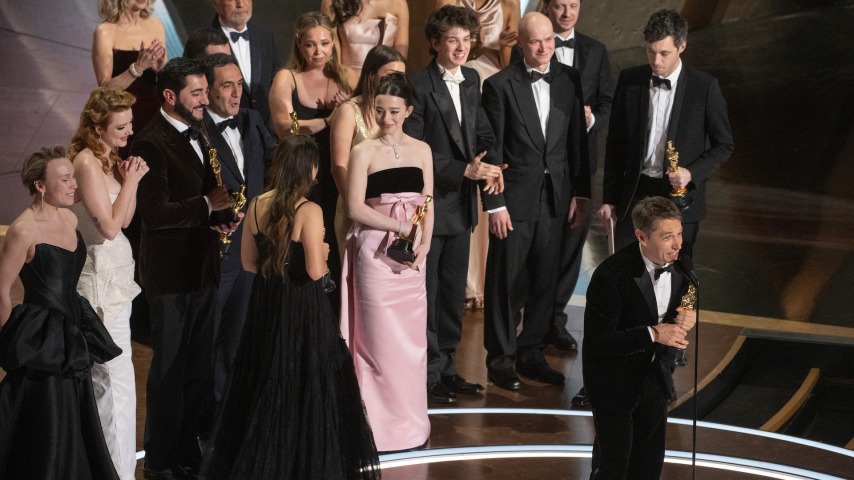The Hollywood Reporter has now issued a report investigating the claims, including talking to several crew members (also anonymous) who commented about conditions on the film, painting the whole situation in a more prosaic and routine light. That includes confirming the basic facts of Anora‘s shoot: Baker was covered under the Director’s Guild, and the movie’s performers were SAG-AFTRA, but the film was operating for almost its entire shoot without a contract with the International Alliance Of Theatrical Stage Employees, the union that covers most below-the-line workers on film sets. A “few days” before the two-month shoot was scheduled to wrap, IATSE Local 52 was notified and approached the crew, who voted in an “overwhelming majority” to unionize. A “brief strike” happened while negotiations took place, Baker addressed the crew in a huddle where (quoting an unnamed crew member) “He explained how happy he was for us and excited and he was almost crying, not sobbing, but certainly beyond misty,” and then everyone got back to work and finished the movie.
The big question here, basically, is how normal this all is, especially when applied to the lens of a $6 million indie movie that nevertheless just stomped much bigger films at the Oscars. The THR report suggests that indies operating at Anora‘s financial level often try to get away with running non-union productions, for both cost reasons, and for the perceived flexibility it allows them to operate under. (I.e., working without all the rules about who has to be on set when, something Baker has complained about in the past when wanting to do more “guerilla-style” filming techniques on his 2017 film The Florida Project.) It’s also expected that IATSE will probably catch wind of these plans, to the point that many productions apparently set aside funds to help cover costs when a flip occurs. The THR report notes that wages on Anora were apparently union-standard, both before and after the flip, although working on non-union productions means IATSE members don’t log hours toward their minimums for being covered under the union’s health plan.
All of this is also taking place in the context of Anora‘s award season run, where Baker used his (numerous) acceptance speeches to serve as a champion for the merits of independent filmmaking, and to call out the perilous financial state of the low-budget industry. (Telling, say, Spirit Award audiences that “The system has to be changed, it’s completely unsustainable,” and stating that he couldn’t afford to make the kinds of movies he makes if he had kids.) There’s essentially a conflict, in these two reports, running between two perceptions of where a film like Anora sits in the popular consciousness: A scrappy, tiny production bending rules in order to create meaningful art, or a production where an increasingly high-profile director was happy to give himself union protections, but not to pay for them for its crew. One piece posits that this is just how indie moviemaking, which by definition occurs at the margins, works; the other asserting that, even at those margins, there are still people vulnerable to being screwed.









































